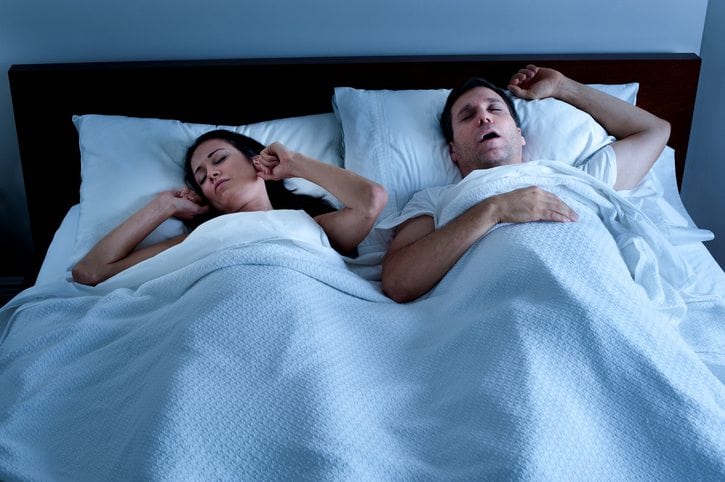<< Back
If CPAP Isn’t Working: An Alternate Treatment for Sleep Apnea

February 22, 2018
Did you know that Hartford Hospital was one of the first hospitals in the Northeast to offer patients an FDA-approved implantable device to treat sleep apnea? If you have moderate to severe obstructive sleep apnea and the CPAP machine isn’t really working for you, you may want to consider this treatment. Ear, nose and throat specialist Dr. Carl Moeller has the details.
Q. What is obstructive sleep apnea?
A. Obstructive sleep apnea is collapse of the tissue in the throat during sleep, blocking the airway, and temporarily disrupting breathing. Sleep apnea causes snoring and excessive sleepiness and, over the long term, increases the risk of heart disease, high blood pressure, stroke, traffic accidents and cardiac arrest. We typically treat sleep apnea with CPAP, which is a mask that blows air into the nose and throat, preventing obstruction. However, a large percentage of patients don’t tolerate CPAP very well: upwards of 50% in many studies.
Q. Tell us about this implantable device. Will this help with snoring?
A. The Inspire is a small implantable device for the treatment of sleep apnea. A sensor in the chest wall senses when the patient is attempting to take a breath then sends a gentle stimulation to the nerve that controls the tongue, preventing an obstruction. We see a significant improvement in the overall severity of sleep apnea, with a 78% reduction in the number of obstructive events per hour, even three years after implantation. Additionally, 80% of implant patients’ bed partners reports soft or no snoring three years following surgery. The newest version of the device is significantly smaller and is compatible with most MRI studies.
Q. What is involved in the surgical procedure?
A. The surgery is performed under general anesthesia and involves three incisions; a generator below the collar bone, an electrode around the nerve that controls the tongue, and sensor in the muscles between the ribs.
Q. What is the recovery time?
A. Patients typically go home the same day or next day following surgery. Pain is typically mild and the patient may return to normal activity after a few days. The device is activated after one month and the patient undergoes a sleep study two months after surgery to ensure the device is relieving the obstruction.
Learn more about the Inspire implant here.